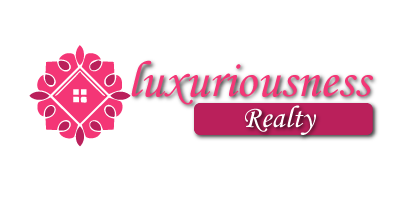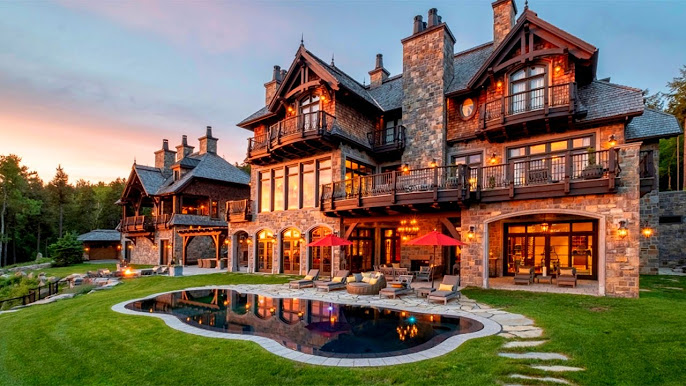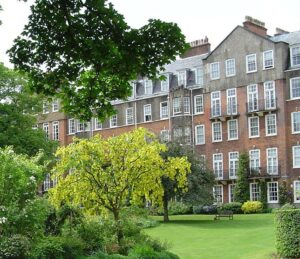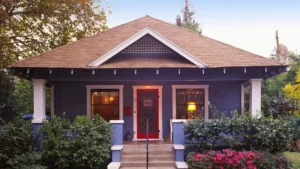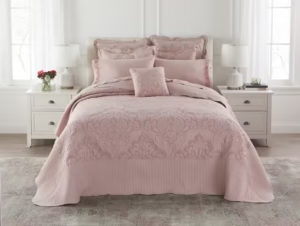Imagine waking up to the crisp, cool air of the mountains, where the first rays of the sun gently kiss the snow-capped peaks, casting a golden hue across the landscape. You step out onto the balcony of your luxury mountain home, a steaming cup of coffee in hand. Below, a pristine valley stretches out, dotted with evergreens and blanketed in mist. The only sounds are the soft rustling of leaves and the distant call of a mountain bird. This isn’t just a vacation spot—this is home. For many, this dream is a reality, as the allure of luxury mountain homes continues to captivate those seeking a unique blend of opulence and nature.
The demand for luxury mountain homes has surged in recent years, driven by a desire for tranquillity, privacy, and a connection to nature. But what makes these homes so special? And why are more people investing in these serene sanctuaries above the hustle and bustle of everyday life? In this article, we explore the growing trend of luxury mountain homes, delve into the key statistics that highlight their appeal, and uncover why these homes represent the pinnacle of luxury living.
The Allure of Luxury Mountain Living
Luxury mountain homes offer more than a beautiful view—they provide a lifestyle centred around peace, nature, and exclusivity. According to a 2022 report by Realtor.com, there has been a noticeable increase in demand for mountain properties, particularly in locations known for their stunning natural landscapes and outdoor recreational opportunities. This surge can be attributed to many factors, including the growing appeal of remote work, the search for safer living environments amidst global uncertainties, and a rising appreciation for sustainable, nature-integrated living.
The trend toward luxury mountain homes is evident in Aspen, Colorado, and Jackson Hole, Wyoming. Aspen, known for its ski resorts and upscale lifestyle, has recently seen median home prices climb to over $3 million. Similarly, Jackson Hole, a popular destination for skiing and wildlife enthusiasts, has recorded a median home price of $2.5 million as of 2023 (Zillow, 2023). These numbers reflect the premium nature of mountain properties and underscore a growing market for high-end, secluded residences.
Architectural Marvels Amidst Nature
One of the most compelling aspects of luxury mountain homes is their architecture. These homes often blend seamlessly with their natural surroundings, utilizing stone, wood, and glass to create structures that stand out and blend in. The architectural designs of these homes frequently incorporate large windows and open floor plans, allowing for breathtaking panoramic views and ample natural light. A 2023 National Association of Home Builders survey found that 68% of luxury homebuyers prioritized scenic views and natural light when purchasing a mountain property.
Moreover, many of these homes are designed with sustainability in mind. Features such as solar panels, energy-efficient appliances, and geothermal heating systems are becoming standard in luxury mountain properties. According to a 2023 report by the Green Building Council, 45% of newly constructed luxury mountain homes in the U.S. now incorporate some form of sustainable technology, reflecting a growing trend towards environmentally conscious living among high-net-worth individuals.
Amenities That Define Luxury
While the views and architecture of luxury mountain homes are certainly major draws, the amenities these properties offer truly define their luxurious nature. Modern mountain homes come equipped with state-of-the-art amenities catering to a comfortable and convenient lifestyle. From heated pools and private spas to home theatres and gourmet kitchens, these homes are designed to provide a comprehensive living experience.
In addition, many luxury mountain communities offer exclusive amenities such as private ski-in/ski-out access, golf courses, equestrian facilities, and wellness centres. These features enhance the appeal of mountain living and create a unique sense of community among residents. A 2024 report by Coldwell Banker Global Luxury noted that 55% of luxury homebuyers seek properties with access to such exclusive amenities, highlighting their importance in the luxury market.
The Impact of Remote Work on Luxury Mountain Home Demand
The rise of remote work has significantly impacted the luxury real estate market, particularly in mountain regions. With more professionals no longer tethered to city offices, there has been a marked increase in the number of people looking to relocate to more tranquil, picturesque environments. According to a 2023 study by Redfin, 32% of remote workers expressed a desire to move to rural or mountainous areas, which has more than doubled since 2019.
This shift is particularly pronounced among tech and finance professionals who value privacy, space, and high-quality living environments. With their combination of luxury and seclusion, mountain homes offer the perfect setting for those who can work from anywhere but desire a lifestyle that prioritizes well-being and nature. As a result, areas such as Lake Tahoe in California and Telluride in Colorado have seen a notable influx of buyers from urban centres like San Francisco, Los Angeles, and New York City.
Investment Potential of Luxury Mountain Homes
Beyond their aesthetic and lifestyle appeal, luxury mountain homes are also considered a solid investment. Real estate experts argue these properties offer a hedge against inflation and a haven for wealth preservation. A 2023 analysis by Knight Frank revealed that luxury mountain properties appreciated by an average of 12% annually over the past five years, outperforming many other real estate segments. This robust appreciation is driven by limited supply, high demand, and the intrinsic value of the natural surroundings.
Furthermore, these homes often serve dual purposes as private residences and rental properties. Many luxury mountain homeowners capitalize on the strong demand for high-end vacation rentals by renting out their properties when not in use. Data from AirDNA indicates that short-term rental income for luxury mountain homes can range from $30,000 to $150,000 annually, depending on the location and amenities offered. This potential for passive income, combined with the property’s appreciation, makes luxury mountain homes a compelling investment for many.
Conclusion: Embracing the Serenity and Prestige of Mountain Living
Luxury mountain homes represent a unique fusion of nature, comfort, and exclusivity. They offer a serene escape from the hectic pace of modern life, allowing homeowners to immerse themselves in the beauty and tranquillity of mountain landscapes. As the demand for these properties continues to rise, driven by shifts in lifestyle preferences and remote work opportunities, the appeal of luxury mountain living is only set to grow.
For those who can afford it, a luxury mountain home is more than just a place to live—it is a sanctuary that offers peace, privacy, and a deeper connection to the natural world. Whether as a primary residence or a cherished retreat, these homes embody a lifestyle many dream of but few attain—a lifestyle where the beauty of the mountains is not just a view but a way of life.
